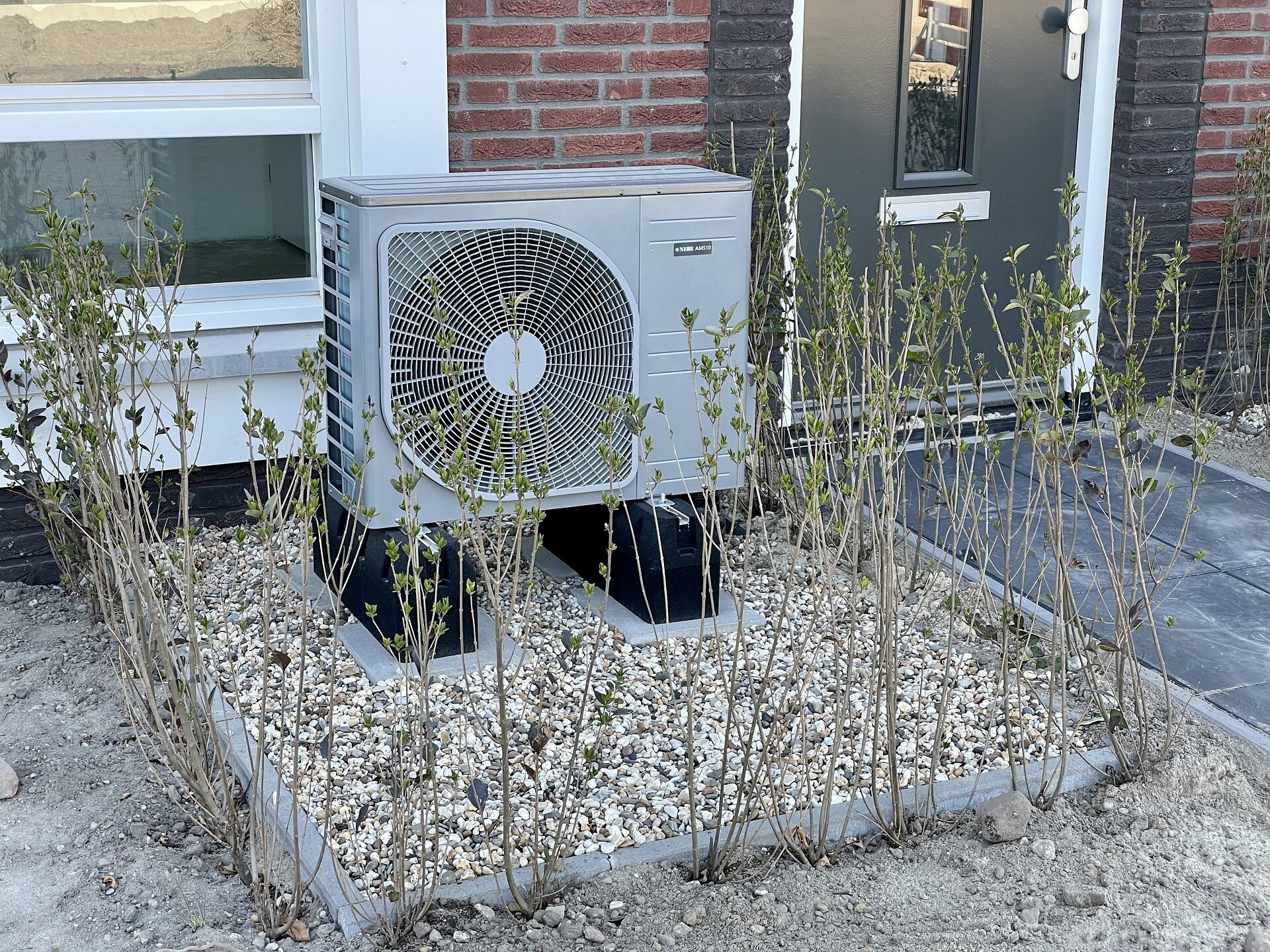Elder Abuse: Breaking the Silence
Elder abuse is a distressing reality for many senior citizens, manifesting in various forms such as physical, emotional, and financial abuse. As we continue our series on elder abuse, we shift our focus to the resources available for victims and their families, and the crucial role technology plays in preventing and addressing this issue.
Martha’s Story
Martha, an 82-year-old widow, began experiencing subtle signs of financial abuse. Her bank accounts showed unusual withdrawals, and her once-reliable nephew had become evasive about her finances. Martha felt isolated and unsure of where to turn for help. Fortunately, there are resources for victims like Martha that can provide immediate assistance.
Hotlines and Helplines
For victims like Martha, immediate help can often come from dedicated elder abuse hotlines and helplines. These services offer confidential advice and can connect victims with local resources. The National Elder Fraud Hotline and the Elder Abuse Hotline are just a few examples of the support available.
Elder Abuse Hotlines
Support Services
Support services encompass a range of offerings from counseling to legal aid. These services can guide victims through the process of recovery and ensure their abusers face justice. Counseling services, legal aid, financial assistance, and emergency funds are just a few examples of the support available.
Counseling Services
Harold’s Experience
Harold, a 78-year-old man living alone, was becoming increasingly withdrawn and anxious. His daughter noticed bruises on his arms during a video call and became concerned. She lived out of state and felt helpless until she discovered the role of technology in monitoring and safeguarding her father’s well-being.
Monitoring Devices
Technology offers innovative solutions to monitor the well-being of elders and detect potential abuse. Wearable devices, in-home cameras, and online scams protection are just a few examples of the tools available.
Wearable Devices
Virtual Support Groups
Virtual support groups can offer much-needed connection and support for elders. Online communities, caregiver support groups, and education and awareness programs are just a few examples of the resources available.
Virtual Support Groups
Lucy and John’s Journey
Lucy and John, a couple in their late 70s, had been experiencing subtle forms of emotional abuse from a live-in caregiver. Their granddaughter introduced them to a new app that allowed them to document and report their experiences discreetly. Fortunately, this helped.
Apps for Reporting and Documentation
Smartphone apps designed for elder safety can be invaluable in documenting abuse and facilitating reporting. Apps like “Elder Safety” allow users to report abuse directly to authorities.
Elder Safety App
Health and Safety Check-ins
Apps that schedule regular check-ins and wellness surveys can help maintain a record of well-being and ensure regular contact with family.
Health and Safety Check-ins
Elder abuse is a complex issue, but with the right resources and technological tools, victims and their families can find support and protection. By highlighting real-life stories like those of Martha, Harold, Lucy, and John, we see the profound impact of these resources and innovations. It’s crucial for communities and families to stay informed, utilize available resources, and embrace technology to safeguard our elders, ensuring they live with dignity and security.















